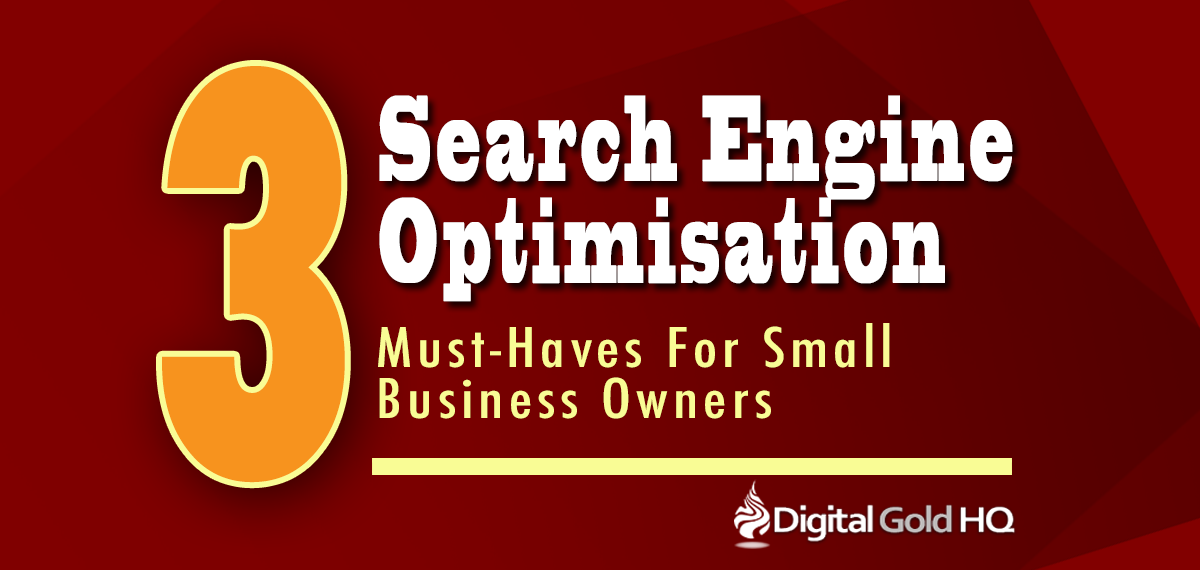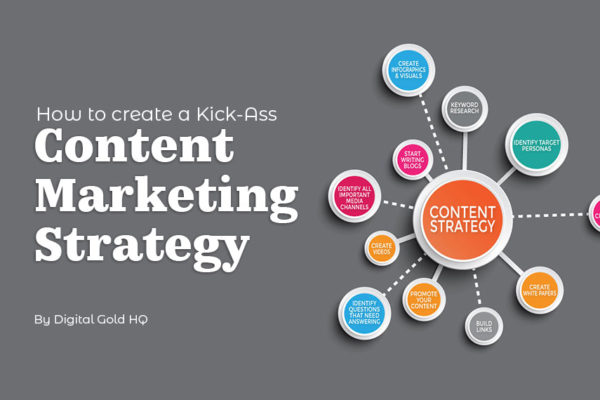Top 3 SEO Must-Haves for Small Businesses

One of the biggest, most important, and most widely-recommended steps you can take to drive traffic to your website and generate business online is to optimise your site for search engines. While nothing beats a full, expert-led campaign, even some quite basic efforts at optimisation can yield definite results. If you don’t do anything else to boost your SEO, you should at least do the following.
Choose the Right URL
If you’re just setting up your site, think carefully about the domain name you’re going to use. It is definitely worth making sure you choose well. The name you choose should obviously be relevant to your business, and it is best to choose a name that it will be easy for people to remember and spell correctly.
Having a relevant keyword in your domain name has become less important than it once was, but can still be worth doing if it fits naturally without seeming to be forced or making your URL overlong.
On the other hand, making your domain name two or three keywords and a “.com” should be avoided, as this is the kind of tactic that modern search engines may penalise. When it comes to building your site, the URL of each individual page should also be straightforward and logical, and ideally should contain suitable, targeted keywords.
Optimise Your Content Properly
“Content is king” is a popular saying among digital marketers, and your content is certainly one of the most valuable things to get right. After all, all the complexities of search engine algorithms ultimately boil down to assessing how useful a page’s content is.
The first step is to never use duplicated content, i.e. text or copy that has already been published online elsewhere. Even if you are in a situation where the moral and legal implications of plagiarism would not apply – for example if you also own the site where the content comes from – search engines really don’t like duplication.
Also, it’s important to ensure that only a modest number of keywords are used, and not overused on each page. Your chosen keyword terms should be distributed evenly and naturally throughout the content including key areas such as:
- Page Titles
- Page Headings
- Sub Headers
- Internal Links
On the subject of subheadings, utilise title tags, as these are important in helping search engines navigate content effectively.
Above all, try to make sure that your content is good-quality, that it fills a demand, and that it meets your customers’ needs. Try to create the kind of content that people will want to link to because they they have found it useful, relevant, informative, entertaining or educational. These links are very good for SEO, and often the kind of content that attracts them will naturally contain other positive factors too.
Use Image Alt Tags
It is becoming pretty rare for people to view your website on a device that is not going to display images and videos, but this is not the only purpose of alt text.
Content contained in videos or in images such as infographics or screenshots is only decipherable to humans, not to search engines. As a result, from an SEO point of view it simply gets overlooked, even though this may be where some of the page’s most important information is found.
Putting in appropriate alt text is a way of putting key aspects of this content into a format that search engines can access and analyse, allowing it to contribute to your rankings.
A more complete and full-on approach to SEO may seem costly, but it can deliver significant returns on investment because capturing search traffic is one of the most important methods of driving new business to your company online.
Whether you want help getting the basics right or would like to discuss a complete, bespoke search marketing strategy, Digital Gold HQ can help. For more information, take a look at our search marketing services or get in touch to speak to us in person.



